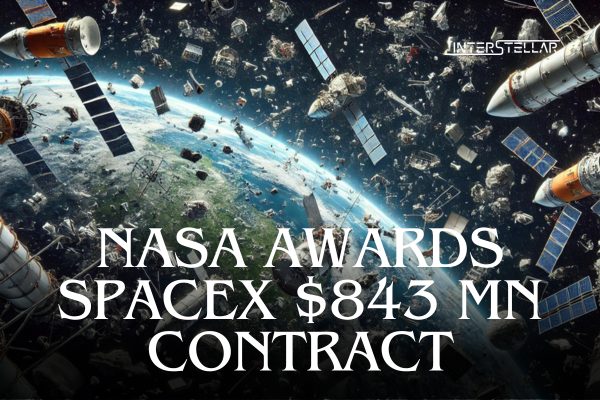NASA Chooses SpaceX to Deorbit ISS by 2030 in $843 Million Deal
NASA has awarded SpaceX $843 million to develop a vehicle capable of deorbiting the International Space Station (ISS) for its planned destruction around 2030. This task was originally intended for Russia’s thrusters.
New Deorbit Vehicle
Under this new contract, SpaceX will build the U.S. Deorbit Vehicle, designed to safely guide the ISS into Earth’s atmosphere. NASA will own the craft and manage the deorbiting process to mitigate risks to populated areas.
The ISS, primarily managed by the United States and Russia, has been continuously staffed by government astronauts for about 24 years. Due to its aging components, NASA and its international partners have set 2030 as the target retirement date.
International Cooperation
The ISS partnership includes the United States, Japan, Canada, and European Space Agency countries, all committed through 2030. Russia has agreed to remain involved until 2028, aligning with Roscosmos’ assessment of its hardware’s longevity.
Despite geopolitical tensions, such as Russia’s war in Ukraine, scientific cooperation on the ISS has endured. The U.S.-Russian partnership is maintained through technical interdependency: Russian thrusters manage the station’s orbital altitude, while U.S. solar arrays provide power.
Contingency Planning
Initially, Russian thrusters were supposed to deorbit the ISS. However, NASA has sought its own deorbit capabilities in case Russia exits the alliance early or is unable to perform the task. Recent years have seen an accelerated U.S. deorbit plan due to strained relations with Russia, prompted by pressure from the White House and other government entities.
Post-2030, NASA is investing in privately built space stations to maintain a U.S. presence in low-Earth orbit. Airbus and Jeff Bezos’ Blue Origin are involved in these developments. While the market for private space stations remains uncertain, U.S. officials view a commercial ISS replacement as essential for competing with China’s new space station.
Future Space Endeavors
Both NASA and China are racing to the moon. NASA is investing billions of dollars in partnerships with several countries and companies, including SpaceX, to return humans to the moon for the first time since 1972.





